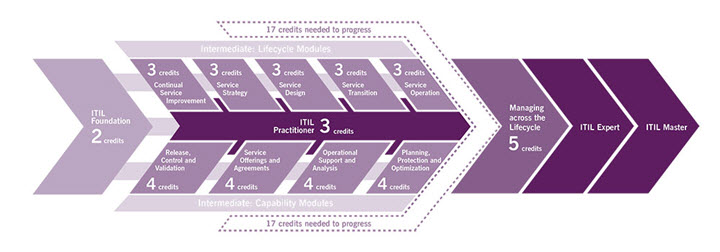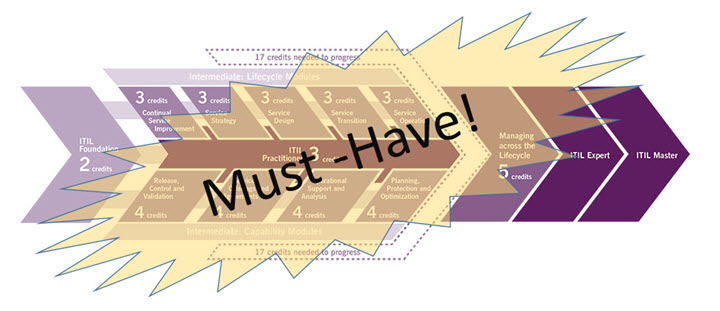Average annual compensation for software developers and system engineers in the USA is around $104,500. A career in the IT sector not only offers a handsome salary and tremendous learning opportunities but it also provides a global exposure. The demand for digital tools and services is growing across all industries in the USA which is driving the growth in employment in Information Technology sector. There is no better time than today to build a sound career in the IT industry!
Here are your 5 Steps to Landing a Job in the IT Industry
1.) Learn a Programming Language
To develop a career in the IT sector, you need to learn a programming language or a particular IT skill. Join an online course and gain mastery over any programming language or related skill set. Check out the applications and specialized software programs that are powered by the language you are learning. Try to work on as many real word projects as possible. Practice rigorously, and build a robust portfolio. The portfolio will be extremely useful in showing your skills to potential employers.
2.) Get Certified
Not all programming languages have official certification exams. However, for some languages such as Java SE 8 programming, etc. you have the option to get certified by an authorized body. Taking advantage of certifications to advance your career in the IT sector is a smart move. Get certified by the appropriate widely recognized body. While the certification may not be entirely necessary, it will help you gain more credibility in your area of expertise and set you apart from other similarly qualified applicants.
3.) Write a Focused Resume
You need to invest significant time in developing a resume that represents your skills and accomplishments. Don’t copy the buzzwords from the internet. Prepare a short resume (1-2 pages) with all relevant details. It must be tailor-made for the job you are applying. This means it should have only the pertinent information related to the position you are applying for. By creating job customized resumes, you will increase your chances of getting that all important first interview.
4.) Expand your Network
Make an impressive LinkedIn profile and add relevant connections on a regular basis. Use a professional profile photo and complete the employment section with updated information. Use the right keywords that reflect your personality traits and professional skill sets. Engage with industry professionals and develop genuine relationships on the platform. Ask your classmates, current and former colleagues for a recommendation on LinkedIn. Remember that a majority of recruiters go through candidates’ LinkedIn profiles before calling them for the interview. Thus, an excellent LinkedIn profile can contribute significantly to your career’s success.
5.) Prepare for the Interview
An interview may last for 30 minutes or more. However, almost a third of interviewers know within the first 90 seconds whether they are going to hire you or not. That means, your first impression not only counts but impacts the selection process significantly. Thus, work on your personality and do everything that boosts your confidence. Pay close attention to your outfit and personal hygiene. If the interview is on the phone, be aware of background noise and any speaking habits that hurt your credibility (“uhhh…”, “like…like…like”, speaking too fast, etc.)
Before appearing for the interview, brush-up your knowledge about the company and make sure to have a list of relevant questions pertaining to the job in question. During the interview, maintain a direct eye contact with the interviewer. Crack a smile when you are feeling less confident and speak assertively. Recruiters don’t hire people who are not sure about their expertise. Thus, stay positive and be confident during the entire interview process.
The Bottom Line…
Being prepared for the role you want and the company you’re interviewing for is crucial. Be ready to work hard and become an expert in your field. Enroll for advanced online IT courses to keep your knowledge updated. Remember that to be successful in the technology industry, you need to learn new things continuously so that you can add value to the business from the start and all the way through your career.





